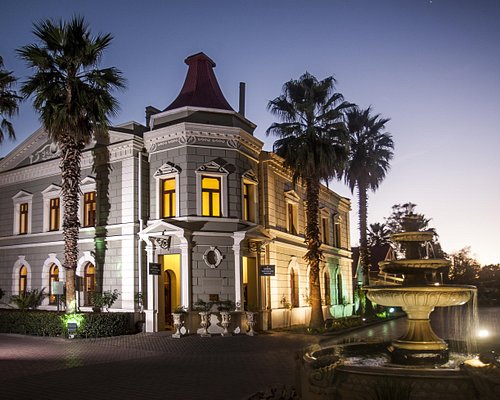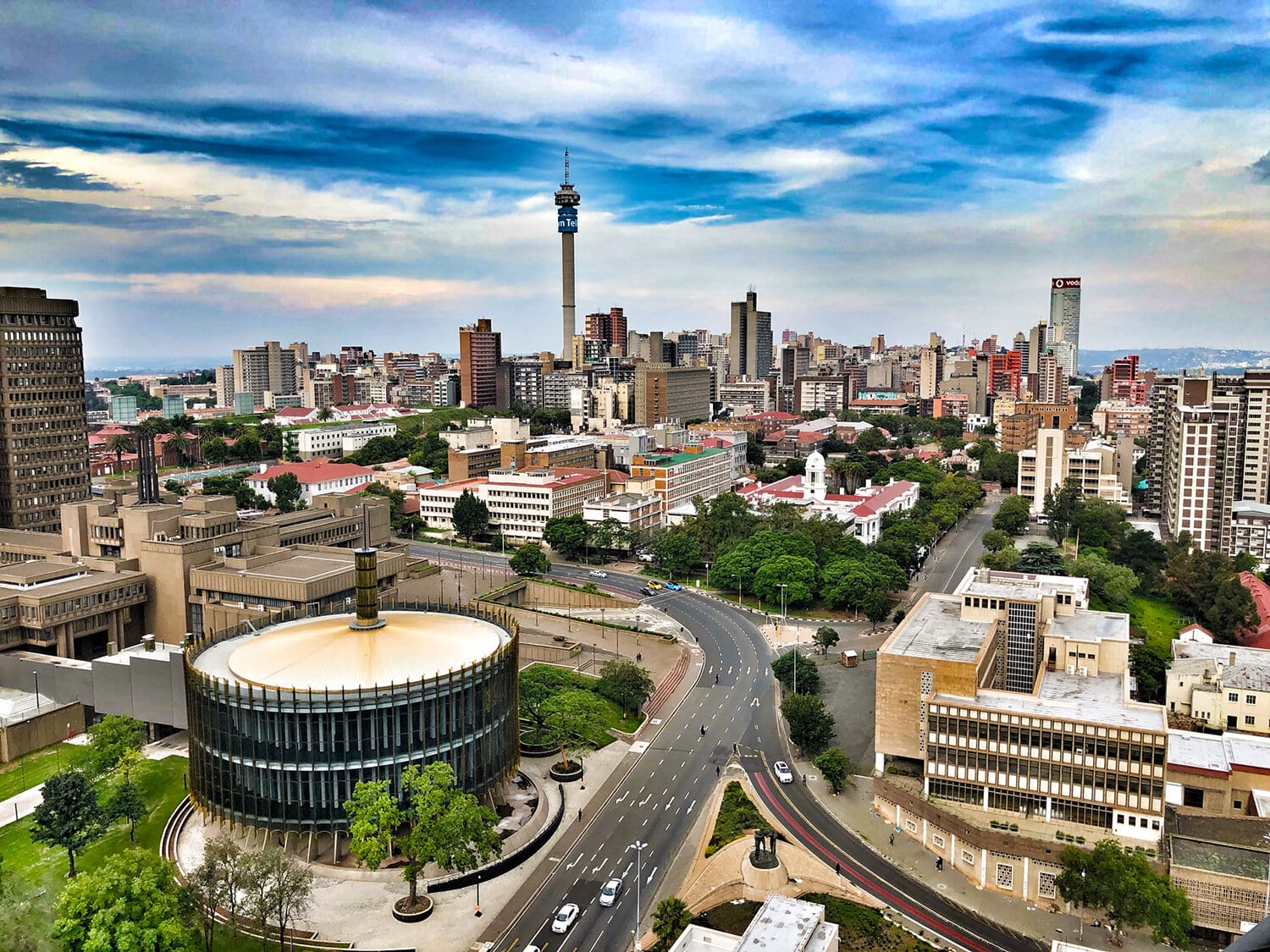The Single Strategy To Use For Johannesburg North Attractions
The Single Strategy To Use For Johannesburg North Attractions
Blog Article
The Facts About Johannesburg North Attractions Uncovered
Table of Contents7 Easy Facts About Johannesburg North Attractions ShownSome Known Incorrect Statements About Johannesburg North Attractions Not known Facts About Johannesburg North AttractionsAll about Johannesburg North AttractionsJohannesburg North Attractions Things To Know Before You BuyThe Ultimate Guide To Johannesburg North Attractions
The city grew on the side of the Witwatersrand Main Coral reef, a subterranean stratum of gold-bearing quartz-silica conglomerate that arcs for hundreds of miles below the Highveld - Johannesburg North attractions. Many of the gold mines in the city discontinued procedure in the 1970s, however in its day the Witwatersrand gold sector accounted for more than 40 percent of the world's yearly gold manufacturing.Johannesburg has a temperate climate. Summertime temperature levels balance concerning 75 F (24 C); wintertime temperature levels balance about 55 F (13 C) and just occasionally dip listed below cold. The city enjoys concerning eight hours of sunlight each day in both winter months and summer season. Rainfall averages about 28 inches (700 millimetres) per year, but the complete varies substantially from year to year.
What rainfall the city obtains falls nearly solely in the summer season, commonly in incredible late-afternoon electrical storms. Air pollution poses a considerable problem, especially in the winter months, when thermal inversions hinder the westward circulation of air from the Indian Ocean. Air pollution is most serious in the densely resolved Black townships on the city's periphery, where many locals still rely on coal for fuel.

What Does Johannesburg North Attractions Mean?
The equilibrium of the city is inhabited by whites. Accommodation differs in personality and quality.
Physical growth, although rather limited by transport, proceeded swiftly as migration to South Africa, and Johannesburg in particular, boosted substantially.
A lot of poor suburbs were blended, with bad blacks and whites cohabiting, although the well-off suburbs were typically reserved for whites. This changed with the election of the National Event in the 1948 political elections, that started to formalise the system referred to as discrimination. Apartheid formally marked which residential areas each race might reside in under the Group Locations Act.
The previous system of eleven numbered regions was reorganised in 2006. Marshalltown, as seen from the top of the Carlton Centre. The M1 and M2 run behind the buildings, and the southerly suburban areas extend past the freeway limit. The central city of Johannesburg lies within the city's Area F. The approximated populace of the area is 200,000, [] yet the number of people staying in the inner city on a casual basis is unknown, as lots of are illegal aliens. The majority of higher-income residents and white people have relocated to the north suburbs and have actually been changed by lower-income black individuals. The joblessness, education and learning, and age accounts of the location are all unidentified, as a result of the trouble of getting reputable info about the location.
What Does Johannesburg North Attractions Do?
Centred on the CBD, the area consists of the suburbs of Yeoville, Bellevue, Troyeville, Jeppestown, and Berea to the eastern. To the west it spreads to Pageview (Johannesburg North attractions) and Fordsburg. There are tiny enterprise zones to the south, such as City West-Denver and Benrose. Around 800,000 travelers go through the central city daily, and it operates as a local buying node for visitors from the southerly suburban areas. Yeoville and Bellevue have a mix of apartment or condo buildings and check solitary residential systems on little lots. The region is situated on a mountainous divide that runs from eastern to west.

What Does Johannesburg North Attractions Do?
R. Tambo International Airport Terminal). The eastern suburbs are several of the oldest areas of Johannesburg, there are large neighborhoods of Jewish and other European histories, the majority of the populace is English speaking. There are three golf training courses along with a variety of safeguarded ridges with viewsites. There are numerous well-developed and up-market enjoyment and purchasing areas in the east such as the Eastgate Shopping Center and the Greenstone mall.
Originally built to house male migrant employees, numerous have actually been boosted as homes for pairs and households. The suburb was not historically enabled to create employment centres within the location, so nearly all of its homeowners are travelers to other parts of the city.
Top Guidelines Of Johannesburg North Attractions
The domestic areas in the northern suburban areas are mostly Full Report formal, with no substantial locations of casual real estate, or housing that lacks a permanent framework. This is a well established location, there is a fad of land use adjustment from property to commercial, specifically along primary arterial roads and around established nodes.
Roadways to the eastern and west are less well established, as there are no highways taking a trip in that direction. Towards the north border of the city, the density of advancement lowers, leaving huge areas of undeveloped land around Midrand.
Little Known Questions About Johannesburg North Attractions.
, which is located on a hill neglecting the inner address city and Hillbrow.
Report this page